#internetofthing
Explore tagged Tumblr posts
Text
#•#IoTDevices#SmartTechnology#InternetOfThings#ConnectedDevices#TechGuide#SmartHome#IoTInnovation#FutureTech#Gadgets#TechTrends
2 notes
·
View notes
Text
Custom IOT Industrial Model Built to Client Specifications | IOT Project & Model Development
We created a custom IOT working model based on the specific requirements of our client. The model's size is 1016mm x 766mm x 283mm, built to perfectly match their needs. This project was done for a client located in Saudi Arabia and Dubai.
🎥 Watch the full video for a closer look at the model and its intricate details!
If you want to bring your project or idea to life, we can help! Contact us today to get started. Don’t forget to like, comment, and share if you enjoyed the video!
Connect With Us: Contact: +919664883746 Email: [email protected] Website : maadhucreatives.com
#iotindustrialdesign#iotengineering#modelmakers#techprojects#smartdevices#internetofthings#custommodels#techsolutions#industrialdesign#digitalmodels#innovationintech#industrial
3 notes
·
View notes
Text
#hashtag#IoT hashtag#AssetMonintoring hashtag#InternetofThings hashtag#IoTHub hashtag#IoTCentral hashtag#IoTSuite hashtag#AzureIoT hashtag#DigitalTransformation hashtag#IoTinManufacturing hashtag#PredictiveMaintenance hashtag#StridelySolutions
2 notes
·
View notes
Text
Build an IoT project, the easy way! 🔌💡🌐
WipperSnapper is a firmware designed to turn any WiFi-capable board into an Internet-of-Things device without programming a single line of code.
#adafruit#iot#wippersnapper#internetofthings#firmware#wifi#nocode#lowcode#diy#smartdevices#easypeasy#wireless#techinnovation#plugandplay#projectguide#hasslefree#makeiteasy#iotmagic
16 notes
·
View notes
Text

AR or Augmented Reality and VR or Virtual Reality are the technical inventions that help live our imaginations before our eyes through simulations. AR/VR can be programmed with IoT objects to offer optimal audio-visual experiences that can rival or replicate a physical world without the help of any tangible media.
But, how to program these elements?
The popular programming languages help you build the simulations that bring AR/VR tech to life for the audience. Languages like C#, Python, JavaScript, JAVA, Swift, C++, Rust, and APIs like WebGL allow developers to build the right AR/VR for the users.
Are you willing to build AR/VR tech for your business? Hire Augmented Reality Developers or Virtual Reality Developers via Remote72.
#ar vr technology#augmented reality#virtual reality#app development#developer#programming#software engineering#software#ar vr development services#python#java#javascript#webgl#developers#iot#iot tech#internetofthings#technology#tech
2 notes
·
View notes
Text
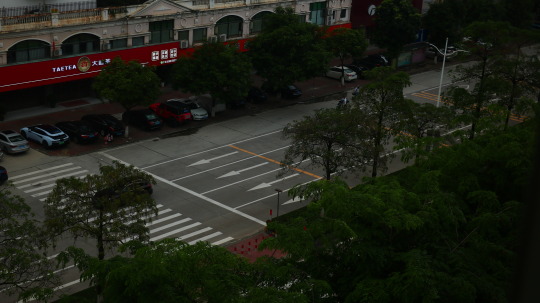
The cloud is black
#pictureoftheday#allovertheworld#picoftheday#photooftheday#bestoftheday#the#that#cloud#photooftheweek#is#skyworld#boomerangoftheday#boomerangoftheweek#throughthelens#internetofthings#whatsupstartup#naturalsky#traveltheworld#instagoodmyphoto#myworld#skyvideo#only#ilikeit#asthetic#thebestnewarchitects#thing#a#youcandoit#alllivesmatter#itstimetocelebrate
3 notes
·
View notes
Text

Our smart touch switches redefine luxury with their sleek toughened glass design, seamlessly blending style and innovation.
Wait there is more! You can also control them with ease through the Smarden app for the ultimate comfort at your fingertips.
We are the best home automation company,
contact us for home automation in delhi, mumbai, chandigarh and chennai: +91 85698 06458
or Visit: www.smarden.in
#smart home automation#technology#smart home#home automation#home automation in delhi#home automation system#best home automation company in delhi#touch switches#smart touch switches#wifi touch switches#iot#internetofthings#interiordecor#realestate
2 notes
·
View notes
Text
#smartcities#smartcity#smartcitiesinindia#innovation#technology#rera#indianrealestate#hom#artificialintelligence#city#smart#internetofthings
2 notes
·
View notes
Text
How IoT Solutions Are Shaping the Future of Connectivity
In an increasingly connected world, the way devices communicate and share data is transforming how industries operate. From smart homes to manufacturing floors, connected systems are becoming the norm. This is where IoT solutions play a crucial role — enabling seamless integration between physical devices and digital systems to enhance efficiency and decision-making.
What IoT Brings to the Table
IoT, or the Internet of Things, involves a network of devices embedded with sensors and software that exchange data over the internet. These systems allow real-time monitoring, automation, and analytics across various sectors like healthcare, transportation, agriculture, and logistics.

Why It Matters Across Industries
Different industries are leveraging IoT to solve specific challenges. In healthcare, remote patient monitoring can reduce hospital visits. In agriculture, smart sensors track soil and weather conditions to optimize crop yields. Each application reduces manual work while improving accuracy and responsiveness.
How Data Drives Value
The core strength of IoT lies in its data-gathering capabilities. The information collected from devices can be analyzed to improve operations, forecast trends, and detect issues before they become critical. This shift from reactive to proactive management is a major step forward for many organizations.
Conclusion
As the number of connected devices grows, so does the importance of understanding and implementing IoT effectively. These solutions are not just technological upgrades — they represent a foundational shift in how data is used to create smarter, more responsive systems.
1 note
·
View note
Text
Smart Activity Recognition Using IoT Streams
This work presents a no-code framework for detecting business process activities in real-time from raw Internet of Things (IoT) sensor data. By leveraging Complex Event Processing (CEP), the approach automatically generates activity detection services with minimal human effort, allowing both manual and automated activities to be recognized without relying on centralized process-aware systems. The framework supports human-in-the-loop modifications, making it accessible to domain experts, and is robust against variations in sensor data. Real-world evaluations in smart manufacturing and smart healthcare demonstrate the system’s effectiveness for online process monitoring and analytics.
#sciencefather#scientistawards#IoT#InternetOfThings#SmartTechnology#IoTAnalytics#IoTData
International Database Scientist Awards
Website Link: https://databasescientist.org/
Nomination Link: https://databasescientist.org/award-nomination/...
Contact Us For Enquiry: [email protected]
#DatabaseScience#DataManagement#DatabaseExpert#DataProfessional#DatabaseDesign#DataArchitecture#DatabaseDevelopment#DataSpecialist#DatabaseAdministration#DataEngineer#DatabaseProfessional#DataAnalyst#DatabaseArchitect#DataScientist#DatabaseSecurity#DataStorage#DatabaseSolutions#DataManagementSolutions#DatabaseInnovation#DataExpertise
Youtube: https://www.youtube.com/@databasescientist
Twitter: https://x.com/databasesc10061
Instagram: https://www.instagram.com/databasescientist123/
Facebook: https://www.facebook.com/profile.php?id=61578158900423
Pinterest: https://in.pinterest.com/databasescientist/
Blogger: https://www.blogger.com/blog/posts/1267729159104340550
Whatsapp Channel: https://whatsapp.com/channel/0029VbBII1lLSmbfVSNpFT2U
0 notes
Text
Why Microcontrollers are Essential in IoT Development?
Microcontrollers play a crucial role in the development of IoT (Internet of Things) solutions. These compact, energy-efficient computing devices are designed to perform dedicated tasks, making them ideal for controlling and interacting with sensors, actuators, and other hardware components in IoT systems. Unlike general-purpose processors, microcontrollers are built with embedded memory, timers, and input/output ports, enabling seamless integration into smart devices.
In an IoT setup, microcontrollers act as the "brains" of the device. They collect data from sensors (like temperature, humidity, motion, etc.), process that data locally or transmit it to the cloud for further analysis. Their low power consumption and cost-effectiveness make them perfect for battery-powered or resource-constrained applications, such as smart home gadgets, industrial automation, and wearable technology.
Popular microcontrollers like Arduino, ESP32, and STM32 provide built-in communication protocols (e.g., I2C, SPI, UART) and wireless capabilities (e.g., Wi-Fi, Bluetooth), allowing them to connect and share data efficiently. Their ability to operate in real-time is vital for time-sensitive applications.
Understanding how microcontrollers work is fundamental for anyone entering the IoT field. To explore more, check out this Internet of Things Course.
#IoT#Microcontrollers#EmbeddedSystems#SmartDevices#TechInnovation#Electronics#InternetOfThings#IoTDevelopment#Automation
0 notes
Text
#IoTSecurity#Cybersecurity#DigitalForensics#SmartDevices#powerelectronics#powermanagement#powersemiconductor#InternetofThings
0 notes
Text
🔗 Unlock the Power of Connected Devices with Smart IoT Application Development!
🌐 The Internet of Things (IoT) is no longer just a trend — it’s transforming industries and creating smarter businesses every day.
At Grootnet Software Solutions, we specialize in custom IoT application development services that help enterprises automate operations, improve decision-making, and deliver real-time value.
🚀 What We Deliver: ✅ Scalable IoT Architecture ✅ Sensor Integration & Device Management ✅ Cloud-Based IoT Platforms ✅ Real-Time Analytics & Dashboards ✅ Secure Data Transmission
💡 Whether you're building a smart factory, enhancing patient monitoring, or launching a connected consumer product — we bring your vision to life with end-to-end IoT solutions.
📈 Let’s make your business future-ready through connected innovation.
📩 Connect with us to get started today!
#IoTDevelopment#SmartSolutions#IoTApplications#ConnectedDevices#InternetOfThings#TechInnovation#GrootnetSoftwareSolutions#IIoT#DigitalTransformation#IoTIndia#IoTUSA#SmartBusiness#CustomIoT
0 notes
Text
The Rise of 5G & IoT: Who Benefits the Most?
youtube
In this season, Un deconstructs the game-changing technologies of 5G and the Internet of Things (IoT), and how they're revolutionizing everything from smart homes to industrial automation and even whole cities. You'll discover how the architecture of 5G—small cells, edge computing, and network slicing—makes real-time responsiveness possible, and how IoT networks replicate the human nervous system to make machines smarter and more efficient. But power tends to corrupt, and Un also explores the moral issues, possible risks, and social effects of a hyper-connected world.
#5gtechnology#internetofthings#smarttech#edgecomputing#futuretech#techdeepdive#iotexplained#smartcities#digitalsociety#techtalk#connectedworld#networkinnovation#techrisks#ethicaltech#nextgenconnectivity#Youtube
0 notes
Text
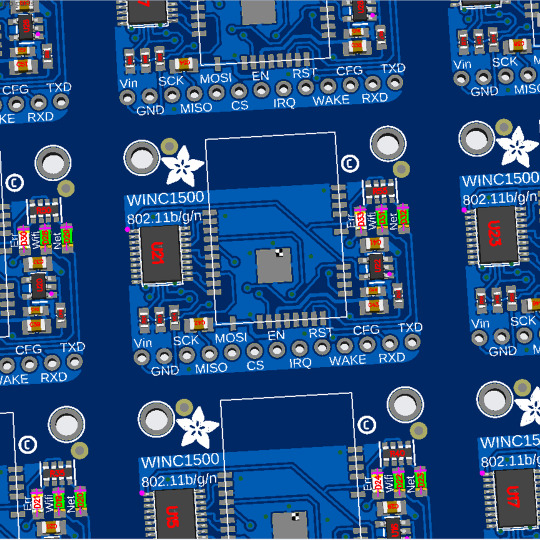
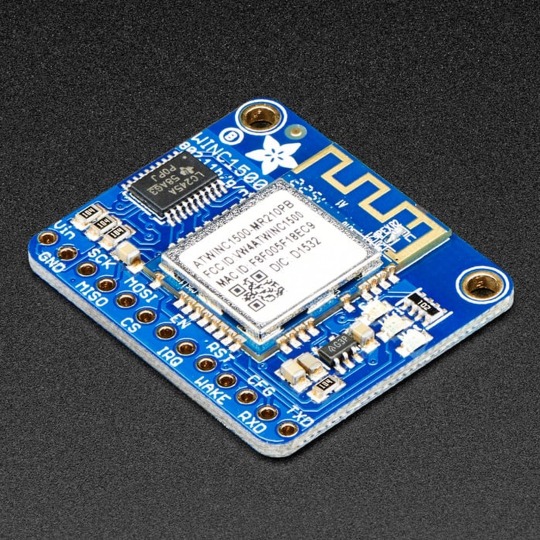
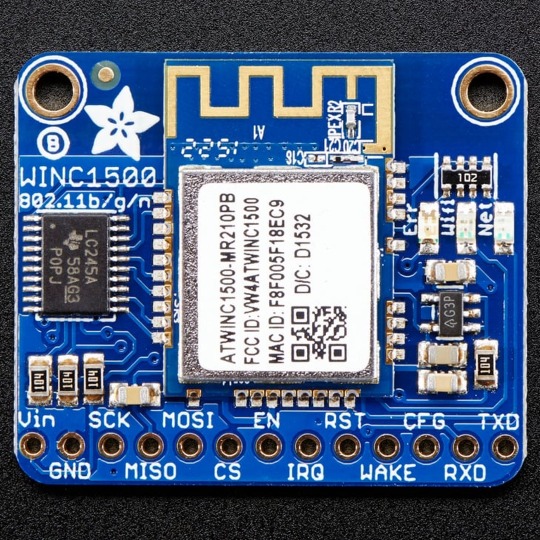
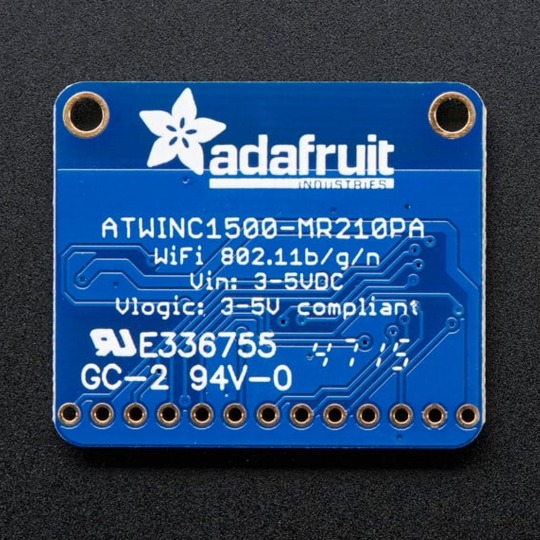
PCB of the Day! ATWINC1500 WiFi Breakout 🔌🌐🛠
Connect your development boards to the Internet with this fine WiFi module. This 802.11bgn-capable WiFi module is the best new thing for networking your devices, with SSL support and rock solid performance.
#adafruit#electronics#opensource#opensourcehardware#pcboftheday#pcb#wifi#arduino#internetofthings#iot#networking#tech#innovation#diy#maker#wireless
2 notes
·
View notes
Text
Driving innovation with intelligent IoT: Imobisoft’s impact on connected systems
The digital revolution continues to shape the modern world, and at its core lies the Internet of Things (IoT). This transformative technology is enabling smarter decisions, automated operations, and seamless connectivity across industries. One company making a substantial impact in this domain is Imobisoft, delivering intelligent IoT solutions that redefine what’s possible in a connected ecosystem.
Seamless Integration Across the IoT Landscape
Imobisoft builds future-ready IoT ecosystems that span everything from sensor-level integration to cloud-based analytics. Their development framework emphasizes modularity, security, and speed to deployment, allowing clients to remain competitive in fast-moving markets.
Their expertise in crafting IoT solutions for specific use cases has helped clients across logistics, smart infrastructure, and consumer electronics. But one of the standout verticals for Imobisoft has been the automotive sector.
Driving Smart Mobility
As an automotive IoT software development company, Imobisoft is leading the charge in smart mobility. Their solutions enable real-time vehicle diagnostics, fleet tracking, infotainment systems, and advanced telematics – turning traditional vehicles into connected machines.
From electric vehicle ecosystems to autonomous driving support, Imobisoft's development strategies enhance safety, efficiency, and user experience on the road. With an increasing demand for intelligent transport systems, their work supports innovation that meets both consumer and regulatory expectations.
Why Partner with Imobisoft?
With a full-stack approach to IoT development, Imobisoft offers:
Custom-built IoT applications
Embedded systems design
Data analytics and visualization tools
Machine learning integration
Cloud-native scalability
Every project is guided by a user-first mentality, ensuring that the end result is intuitive, scalable, and impactful.
Shaping the Future of IoT
Imobisoft continues to push boundaries with its innovative, data-driven solutions. Their agile development processes and deep industry knowledge make them a reliable partner for organizations looking to embrace the next generation of connectivity.
By bridging the gap between software and hardware, and embedding intelligence into every layer, Imobisoft is shaping the connected future – one smart solution at a time.
#IoT#InternetOfThings#SmartTechnology#ConnectedDevices#AutomotiveIoT#IoTDevelopment#Imobisoft#SoftwareDevelopment#TechInnovation#AIandIoT#AutomotiveSoftware#SmartMobility
0 notes